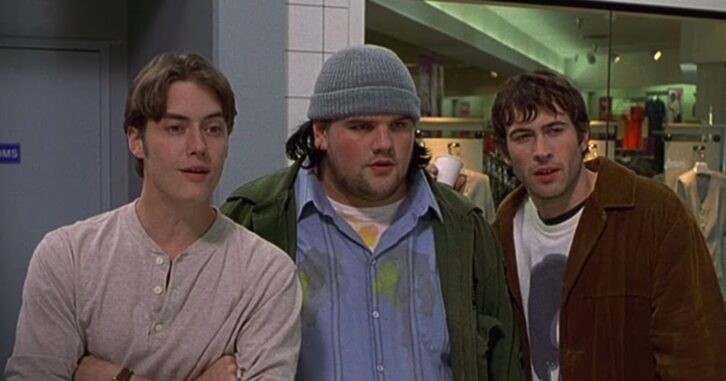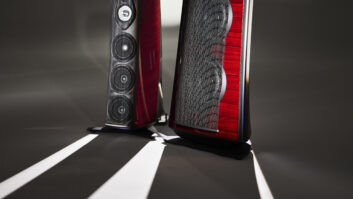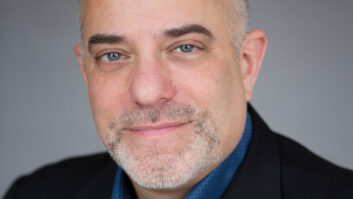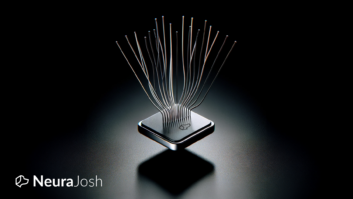Those of you who lived through the trends of the 1990s may remember the Magic Eye craze that, while not Pokémon or Beanie Baby big, made its mark on the decade. For those too young to know what I am talking about, the Magic Eye phenomenon featured posters with crazy repeating patterns that, when stared at, would reveal a 3D figure floating in front of it. The optical illusions were placed outside of many mall stores, getting people to stop, stare, see the floating sailboat, and then hopefully enter the store to drop some money.
The Magic Eye illusion even got big-screen cred as a recurring joke in the film Mallrats, where a typical ’90s slacker character kept staring at the poster, unable to see the illusion while everyone who walked past him could.

That character, Willem, and I share a similar pain, as I, too, have never been able to pierce the illusion on a Magic Eye poster. And not from lack of trying, nor from lack of advice (“cross your eyes,” “you have to focus,” “look at the center then move back”). Still, I got nothing.
More From the Editor: Surround Pro 2.0
At a recent product demonstration, I came to the realization that I have this affliction with another of my senses — hearing. The presentation was for a single speaker that can produce the immersive sound of Dolby Atmos. A song was played, and I really tried to hear it — eyes closed to distractions, head tilted in all directions trying to capture a sweet spot — but all to no avail. (I thought I had it for a quick second there, but it was gone so fast, I can’t be sure I had it at all.)
This was not the first time I’d been in such a situation and was unable to hear the immersive audio. In my living room, I have a Dolby Atmos-capable soundbar and subwoofer combination, and, while I make all the efforts to make sure that whenever I am watching compatible content it gives me the “Dolby Atmos” confirmation rolling across the front of the soundbar, I don’t really hear it all around me.
That is not to say I don’t appreciate the sounds I do hear from these speakers. The soundstage definitely feels wider and fuller. The addition of the soundbar to my home setup made the dialog so much clearer, which is why I wanted it in the first place, and combined with the subwoofer, makes for a far more engaging experience. I just don’t hear it surrounding me. And I have tried. Really tried.
I do get the full Dolby Atmos experience in theaters and in demos with discrete speakers. So, it appears that the fully processed audio is where my weakness lies.
Perhaps it is a physical deficiency on my part that prevents both single-source Dolby Atmos and Magic Eye posters from working with me. I haven’t thought about Magic Eye in forever, but I do remember at the time feeling left out because I wasn’t able to see what others easily could. I was only reminded of them recently because of the realization that these kinds of speakers were the Magic Eye of the ears for me.
More From the Editor: The Tale of Billy Joel’s Sigh
I have yet to try spatial audio in headphones, so I have hope that will let me in on what I’ve been missing. Until then, I’ll keep enjoying the sound these speakers create, just not from above and behind me.






